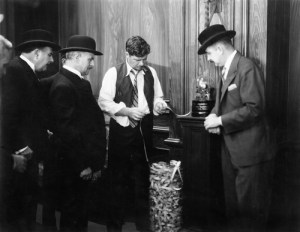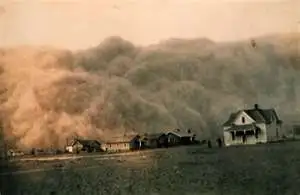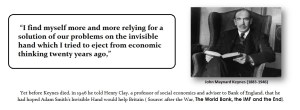The coming economic collapse will not resemble the Great Depression. Yes, we are in a recession – but it will not be reminiscent of the Great Depression that began in 1929.
For you see, the landscape is entirely different now. America was transitioning from an economy based on agriculture to industrialization. About 40% of the economy was agriculture-based at the time. Outside factors like the Dust Bowl provided those is the agriculture sector with no alternative for work, hence the US experiences unemployment rates around 25% because farmers were out of work.
The economy cannot be properly analyzed from a domestic lens. By 1931, all of Europe defaulted on its debt, and Britain went into a moratorium. Mom and pops who invested in foreign debt were paying high interest in high denominations that the likes of Goldman Sachs were selling at the time. They lost all their money. It was a different time as it was a major transition.
The economic collapse on the horizon will be more reminiscent of the 1970s, when we entered a period of stagflation – inflation rises, but economic growth declines.
The Federal Reserve is in a tough place. Keynesian economics was created at a time when the US had a balanced budget, and the government was not the largest borrower. Emergency rate cuts will do nothing as this is a confidence game. Central banks throughout the world understand that they are helpless. Governments are now the biggest borrower of national debt and in the US we have interest expenditures exceeding $1 trillion. The Fed and central banks in general can do nothing to prevent runaway inflation or curb government spending.
We face difficult times ahead. Japan will perhaps be the first to default before the contagion spreads to Europe. My aim was to create a system like Socrates that could help people navigate the inevitable ups and downs of the economy. We know what is to come so we can stay prepared. Again, we are not entering a second Great Depression by any means, but dark days are upon us.
Views: 475


